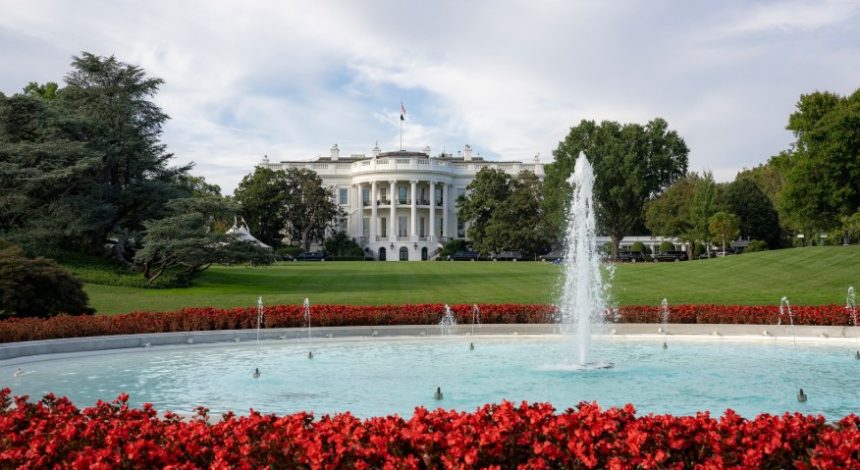Instead of a Ballroom, Turn the White House Into a Museum, Say Critics
Plans to transform the East Wing of the White House into a lavish party venue have sparked fresh debate across political and public circles.
Sources close to the Trump administration have confirmed that “the entire East Wing of the White House will be demolished ‘within days’” to make way for what is being called either the White House State Ballroom or the Donald J. Trump Ballroom, a sprawling 90,000-square-foot space capable of hosting up to 900 guests.
For over 100 years, presidents have enhanced the White House, preserving its legacy as a symbol of our nation. Today, President Trump proudly broke ground on the new, big White House Ballroom.
Privately funded, it costs taxpayers nothing & will be cherished for generations. pic.twitter.com/p1rZdYmrOy
— The White House (@WhiteHouse) October 21, 2025
Illustrations released as part of the project’s planning have been described as resembling “storyboards from a prospective The Simpsons Take Versailles! film.”
Funding for the project is expected to come through donations from business affiliates and supporters, rather than taxpayer money.
One insider reportedly commented that it’s wonderful “the people” will receive a grand ballroom “at no expense to the taxpayer.”
The remark has raised eyebrows among critics who question whether public access to the venue will be more than symbolic.
Some observers remain unbothered by the ostentatious designs or the partial demolition of the iconic residence.
“It’s Trump, whaddayagonnado?” one commentator noted. However, many argue that such a high-profile government initiative deserves more than just private decision-making; it should invite public consultation and scrutiny.
A growing number of critics are proposing a bold alternative: demolish the East Wing but leave the remainder of the building as a historic ruin.
This remnant could then be managed by a non-profit organization, funded entirely by voluntary donations, and operated as a public museum.
Further suggestions include relocating presidential living quarters to leased apartments or suites at nearby hotels, such as the historic Willard Hotel, while reserving limited office space for the president and staff within the Capitol Complex.
This, critics argue, would provide sufficient facilities to carry out constitutionally mandated duties without maintaining an extravagant and costly residence.
For ceremonial events, advocates suggest utilizing Lafayette Square with pop-up facilities, catering, and casual entertainment, a lighter, more accessible approach that removes the pretense of grandeur.
“The whole ‘the president is so special’ thing has gotten way out of hand,” one analyst said. “Let the White House stand if we must, but turn it into a reminder of our past errors rather than a symbol of pretend current greatness.”
This debate underscores a wider discussion about the purpose and symbolism of the White House in contemporary American life — as both a functioning seat of government and a cultural icon open to the public.






